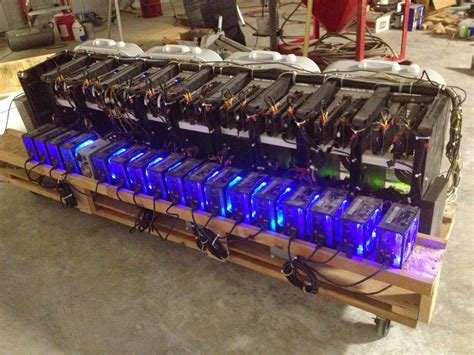Bitcoin Wallet Network Lag Issue – Sync Delayed for 3 Months
As a Bitcoin enthusiast and a frequent user of the Bitcoin wallet app on my old Oppo R11s phone, I recently encountered an issue that frustrated me. The “Syncing with network, 3 months late” message has become a recurring issue when I try to transfer money to others.
At first glance, this may seem like a minor inconvenience, but for those who also rely on the Bitcoin wallet app, it can be a major problem. In this article, we will look at what happens behind the scenes and explore possible solutions to fix the network lag issue.
What does “3 months late” mean?
If the Bitcoin wallet app shows “Syncing with network, 3 months late,” it means that your funds have not been updated in sync with the blockchain for the past three months. This can cause a few issues:
- Delayed transactions: If you try to transfer money to other people before the delay is resolved, you may experience delayed or declined transactions.
- Account status updates: The Wallet app displays your account balance and transaction history in real-time. However, if the blockchain hasn’t updated its records for three months, these statuses may not be correct.
- Security issues: Delayed synchronization can also cause security risks. If you use your Bitcoin wallet to buy or sell assets outside of the network, a delayed update can expose your funds to potential hackers.
Possible causes and solutions
- Server issues: The most likely culprit is a server issue on the Bitcoin network side. This can have a number of reasons, such as:
- High traffic volume
- Network congestion
- Server maintenance or failure
- Blockchain updates

: If there is an update to the blockchain that has not yet propagated across the network, this can cause delays.
- Wallet app updates: Sometimes, wallet apps themselves need to be updated to fix bugs and resolve issues.
Here’s how to fix the problem:
- Restart your phone: A simple restart can resolve some minor server-related issues.
- Check for updates: Make sure your Bitcoin wallet app is up to date.
- Contact support: Contact the app’s customer support team or visit their website for troubleshooting help.
- Wait: In some cases, a short wait (e.g. an hour or two) can help the network catch up and resolve the issue.
Precautions and alternatives
To minimize the risk of transaction and account balance delays:
- Use a reliable internet connection – A stable internet connection is crucial for efficient network synchronization.
- Monitor your wallet app’s performance – Monitor your wallet app’s activity to identify any issues or unusual patterns.
If you experience frequent delays, it may be worth considering alternative wallets with built-in synchronization features or those that use a different network protocol.
In conclusion, receiving a “3 months late” message when trying to transfer money can be frustrating. By understanding the possible causes and exploring possible solutions, we hope to solve this problem for Bitcoin enthusiasts like us.
Have you encountered similar problems? Share your experiences in the comments below!
Note: This article is intended to provide general information about a specific problem and its possible causes. It should not be considered personal advice or investment recommendations. Always consult a financial advisor before making any major transactions.
![Ethereum: How do you generate a bootstrap.dat file? [duplicate]](https://genexdiscs.com/wp-content/uploads/2025/02/47161f2c.png)

